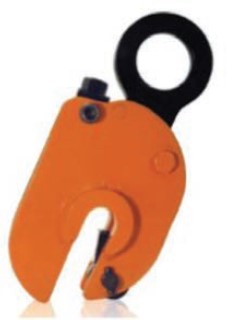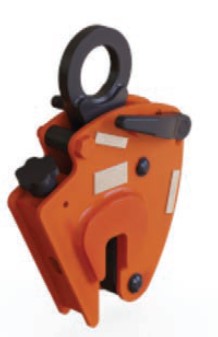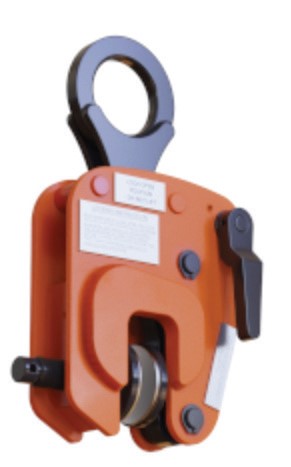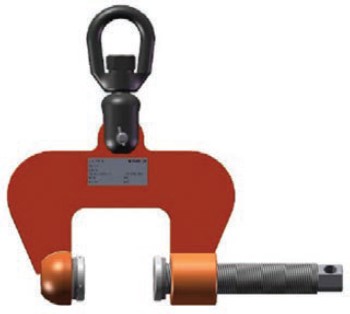Non-Marring Clamps
21 March 2024There are special clamps for lifting hard metals or delicate loads, such as those in the aerospace or food production industries, writes Dale Kelly, engineering manager at The Caldwell Group.
Lifting clamps are designed to generate a clamping force perpendicular to the surface of the load, generated from the clamp geometry by the pulling force on the lifting shackle of the clamp or tightening of a screw. Clamps can be used for attaching loads to a hoist, or for other load-handling purposes, such as anchoring or positioning.
Clamps are used for lifting, with horizontal and vertical forces, in some of the world’s heaviest duty sectors, such as forging/forming houses, shipyards and construction. In all instances, the load being lifted must be able to support the amount of squeeze that the clamp applies to the load. In certain industries, non-marring clamps are required.
A need for a non-marring clamp most commonly presents itself when the plate is above 300 Brinell hardness or it needs to be protected from any type of damage for manufacturing purposes. Marring clamps leave teeth marks, which is not desirable in certain applications. A typical load might be a piece of stainless steel used in the appliance industry or where the user needs to protect but lift a heavy piece of hardware. Another application may be lifting very hard types of steel on an assembly line.
As such, non-marring clamps are commonplace in aerospace and food production applications, but they are even used in concrete liners, where hard steel is used for abrasion resistance, shipbuilding, and metal furniture work, where appearance is important.
A non-marring clamp functions similarly to a regular clamp, in that they are often used with spreader beams or lifting rigs designed for two clamps. However, there are four key differences:
- They have a jaw opening adjustment that most marring clamps don’t.
- Non-marring clamps have no teeth; they use smooth pads. There are wear indicator lines on some clamps that indicate when the pads are worn.
- The grip ratio is much higher than a standard, marring clamp. This is an important consideration because the greater clamping force is higher than a marring clamp and could distort a structural piece if it is hollow.
- Non-marring clamps are sourced at a higher price.
It is necessary to understand the application before selecting the clamp. One area where we see repeated misuse is picking the wrong clamp for the application; non-marring is just one criterion. Some clamps are designed for vertical lift only, some are for upending plate, some are for 180º plate flipping, or for flat surface versus curved surface.
The J.C. Renfroe brand manufactures 200 types of clamps, ranging in capacity from 0.5 to 100 tons, but non-marring options are only available up to 25 tons capacity in certain models – and most are under 12 tons capacity. Special programmes and repair kits are available to help, so repairs can be carried out by the user or manufacturer. Customers can phone a service department and arrange for the non-marring clamp/s to be returned. They can even be returned with a new certificate of proof test. If preferred, Renfroe rebuild kits can be used to replace worn and damaged parts. Those parts not subjected to daily operating wear are not included in the kit but may be purchased separately. Check that a rebuild kit is available for the clamps in your workshop.
We urge users and industry generally to proceed with great caution when it comes to considering modifications to all (marring and non-marring) clamps. It is never okay to modify a clamp without consulting the manufacturer. Even at the very first consideration that a modification might enhance productivity or efficiency as it relates to that particular application, the manufacturer of the clamp should be contacted.
Are you lifting loads under 25 tons with an alternative solution where non-marring lifting clamps would be a better option?



